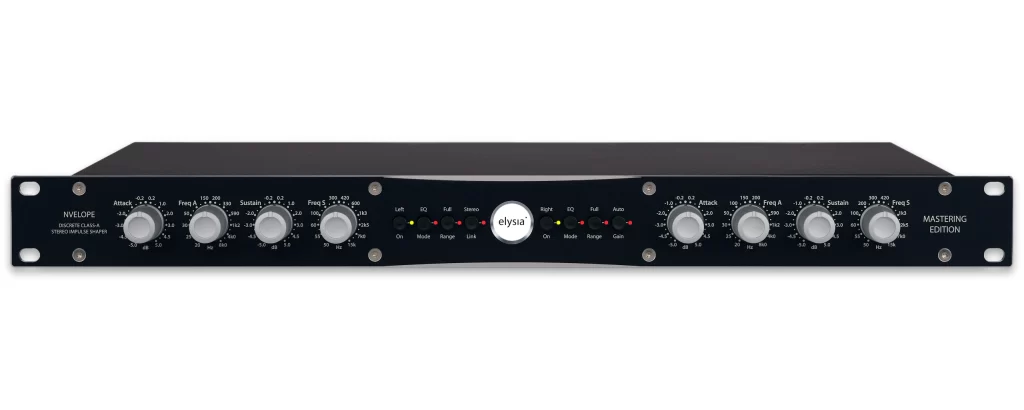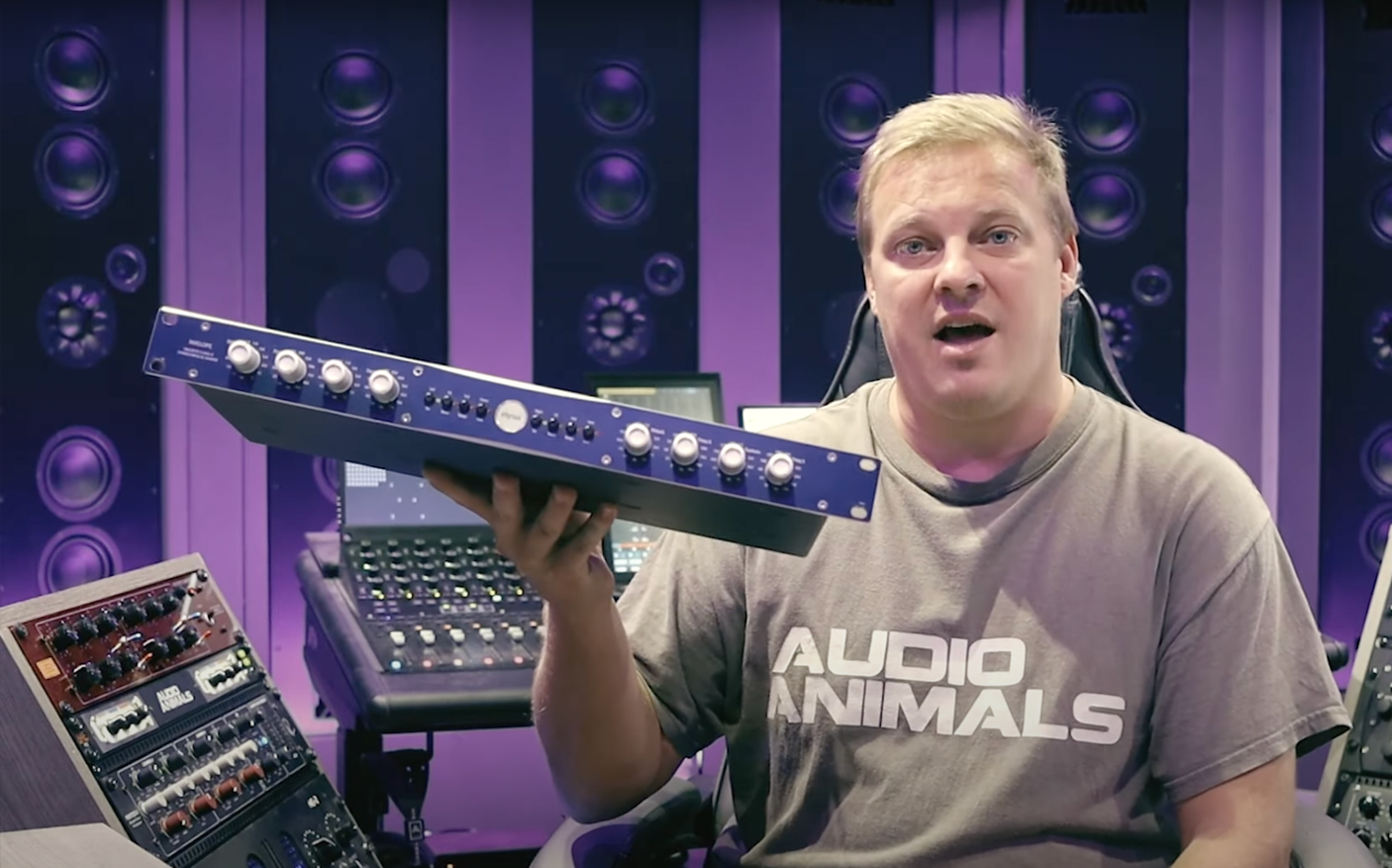In this video I lift the lid on the Elysia Nvelope transient designer and show you what it looks like inside.

The nvelope is a powerful audio processor capable of making subtle or drastic changes to a sound by providing control over its attack and sustain characteristics. This is extremely useful for reshaping all sorts of individual tones, and is a wonderful tool in any mixing situation as well.
The nvelope operates independently of the specific level of a signal, and (unlike with compressors) you do not have to spend a lot of time trying to balance a set of complex controls to quickly get the results you seek.
With its unique Dual Band mode, the nvelope gives you enhanced control over processing, and can easily handle complex program material. Additionally, its dynamics sections can be bypassed, allowing it to function as a flexible high/low shelf EQ.
The nvelope is a dynamics processor that can change the character of a sound by altering its impulse structure. It gives you direct control over the envelope of a signal by shaping its attack and sustain intensity.
More specifically, a drum set (or individual drums) can be made to sound more aggressive and punchy by accenting the attack, or tones that are already overly aggressive can easily be tamed.
Other useful applications would be on picked or slapped bass, edgy guitar or any kind of piano recording. Generally speaking, the nvelope works optimally on audio signals with a significant/percussive attack structure.
As a balance to the attack shaping, the sustain parameters offer control over room sound and space. An instrument or a reverb tail can sound tighter by reducing its sustain, or can gain more depth/make a signal sound longer by increasing it.
The nvelope is a great tool for shaping individual signals, but it can be an indispensable resource in mixing situations as well, as it effortlessly helps you to bring a sound to the front with more attack and less sustain or blends it gently into the background by reducing its attack and increasing its sustain.
A unique feature of the nvelope is the enhanced tweakability offered in Dual Band mode. Individual frequency controls for attack and sustain yield excellent processing results without unwanted artifacts, even when utilised on complex material like a summing bus.
The nvelope offers true dual mono or linked stereo operation whether you are using it in Full Range, Dual Band or EQ mode.
When the nvelope is not in Stereo Link mode, the two individual channels can be used as different processors simultaneously. For example, you can shape one signal in Dual Band mode in channel L and a completely different signal in Full Range mode in channel R.
Or, you can connect the output of channel L to the input of channel R, and then process the frequency response with the EQ first, followed by some nice Dual Band impulse shaping. As you can imagine, there are lots of possible combinations!

